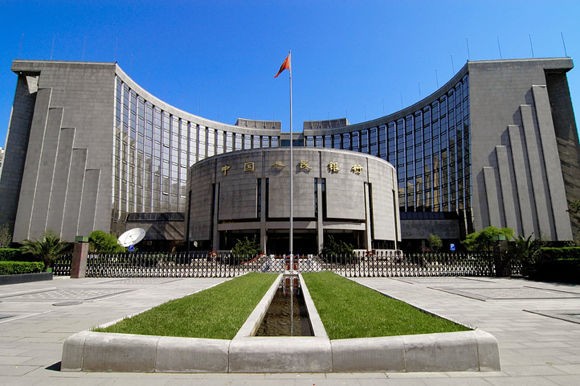The People's Bank of China (PBOC) announced that its gold reserves has reached a 57.3-percent growth since April 2009, its most recent update in over six years. The growth is 604 tonnes and raised the total reserves of the bank to 1658.1.
According to the Chinese-language newspaper Want Daily, the figure did not still meet the market expectations, as stated by Bank of Taiwan's precious metals department deputy manager Yang Tien-li.
Yang said that the increase for six years was expected to be around 1,000 to 2,000 tonnes.
However, according to Bloomberg Intelligence's data, the actual statistic may have doubled to 3,510 tonnes of total reserves since China's central bank 2009 update. This figure is second to U.S.'s reserves, which tallied up to 8,133.5 tonnes.
Bloomberg based the date on China Gold Association's local gold output and figures as well as trade data.
For some experts, the unusual announcement could be part of the central bank's strategy to gain global recognition. Currently, the International Monetary Fund (IMF) is considering the renminbi to include in the organization's special drawing rights as a formal reserve currency, which currently lists the U.S. dollar, the euro, the British pound and the Japanese yen.
Speculators also claim that the move could also be a way to regain investors' confidence, as the country's stock market has posted a 30-percent decline since the middle of June.
With the official announcement, China has become the world's fifth in terms of the amount of gold reserves, surpassing Russia.
The World Gold Council lists the country behind the U.S., Germany, the IMF, Italy and France.



























